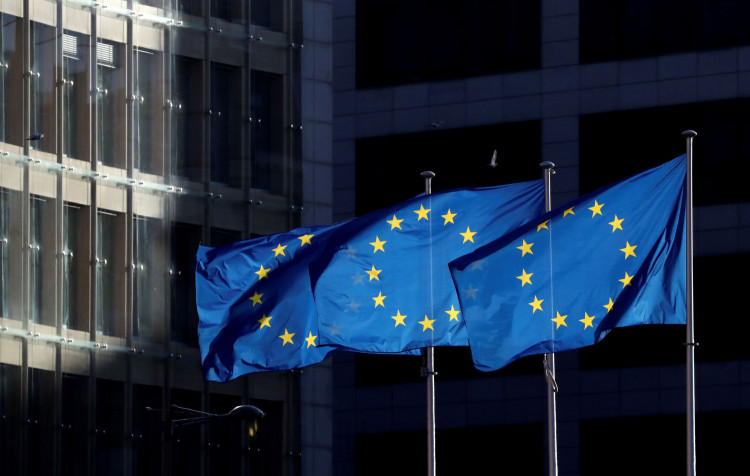Summary: Eurozone's Q1 GDP growth, seasonally adjusted, fell to a record low of 1.3%, marking its fourth consecutive quarterly decline, lower than the expected 1.4% and previous value of 1.8%. The quarter-on-quarter growth rate stood at a meager 0.1%, weighed down by the lingering effects of the energy crisis, high inflation, and banking crisis.
On Friday, April 28, data from the European Union's statistics office revealed that the seasonally adjusted quarter-on-quarter GDP growth for the 20 Eurozone countries in Q1 stood at 0.1%, lower than the anticipated 0.2% but an improvement from the previous value of 0.0%. The European Union countries experienced a Q1 GDP growth of 0.3% quarter-on-quarter.
Year-on-year, Eurozone's Q1 GDP growth (seasonally adjusted) reached 1.3%, marking the fourth consecutive quarterly decline and setting a new record low since Q1 2021. The growth rate was lower than the expected 1.4% and previous value of 1.8%. European Union countries experienced a Q1 GDP growth of 1.3% year-on-year, lower than the previous value of 1.7%.
Is Germany headed for a recession? Among the Eurozone countries, Portugal led the pack with a 1.6% quarter-on-quarter growth rate, followed by Spain, Italy, and Latvia, all at 0.5%. Ireland experienced the most significant economic decline at -2.7%. Germany, the Eurozone's largest economy, was on the brink of recession with its Q1 GDP growth flat at 0.0%, while its year-on-year GDP growth dropped to -0.1%.
Carsten Brzeski, Global Head of Macro at ING Bank, remarked that despite a rebound in industrial activity and easing supply chain restrictions, the Eurozone's largest economy could not escape the risk of recession.
France, the Eurozone's second-largest economy, showed slight improvement from the previous quarter but remained weak with Q1 GDP growth at 0.2% quarter-on-quarter and 0.8% year-on-year.
Signs of stagflation are becoming evident, leaving the European Central Bank (ECB) in a difficult position. German two-year bond yields fell 16 basis points, and the euro fell 0.4% against the US dollar, indicating investors are betting the ECB may slow down its pace of rate hikes in its May 4 meeting.
Despite the current lower-than-expected economic growth, some officials predict a 25 or even 50 basis point rate hike in May, arguing that further rate hikes are necessary.
Pierre Wunsch, ECB Governing Council member and Governor of the National Bank of Belgium, stated that the ECB is waiting for wage growth and core inflation to fall alongside overall inflation before pausing rate hikes.
Data released earlier this month showed Eurozone's March CPI year-on-year preliminary value rising to a record 7.5%, with core harmonized CPI also reaching a new high. April's CPI data, to be released next week, will be crucial in determining the direction of the central bank's decision.
However, the harmonized CPI data from major European Union countries already released for April does not paint an optimistic picture. France's harmonized CPI year-on-year preliminary value rose from 6.7% in March to 6.9% in April, while Spain's CPI increased from 3.1% to 3.8%.
Last week, ECB President Christine Lagarde stated at an event in Paris that inflation remained too high compared to target levels, but the ECB had made significant progress in tackling stubbornly high and persistent inflation. Eurozone inflation had dropped from double digits to 6.9%.
Lagarde added in her speech, there is still some way to go on this path, and the length of the road will depend on various factors, particularly the impact of the banking crisis on credit that we are witnessing.






